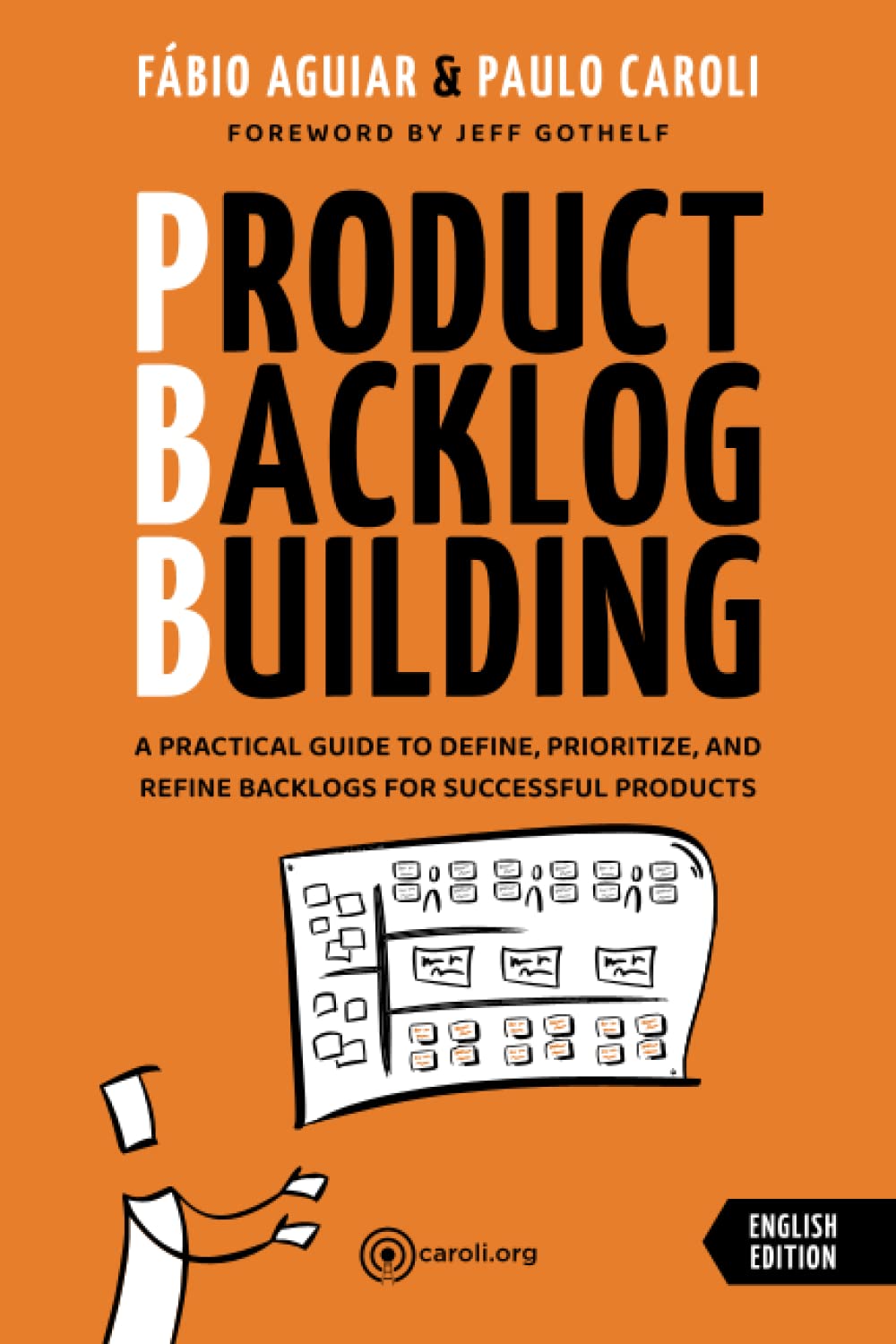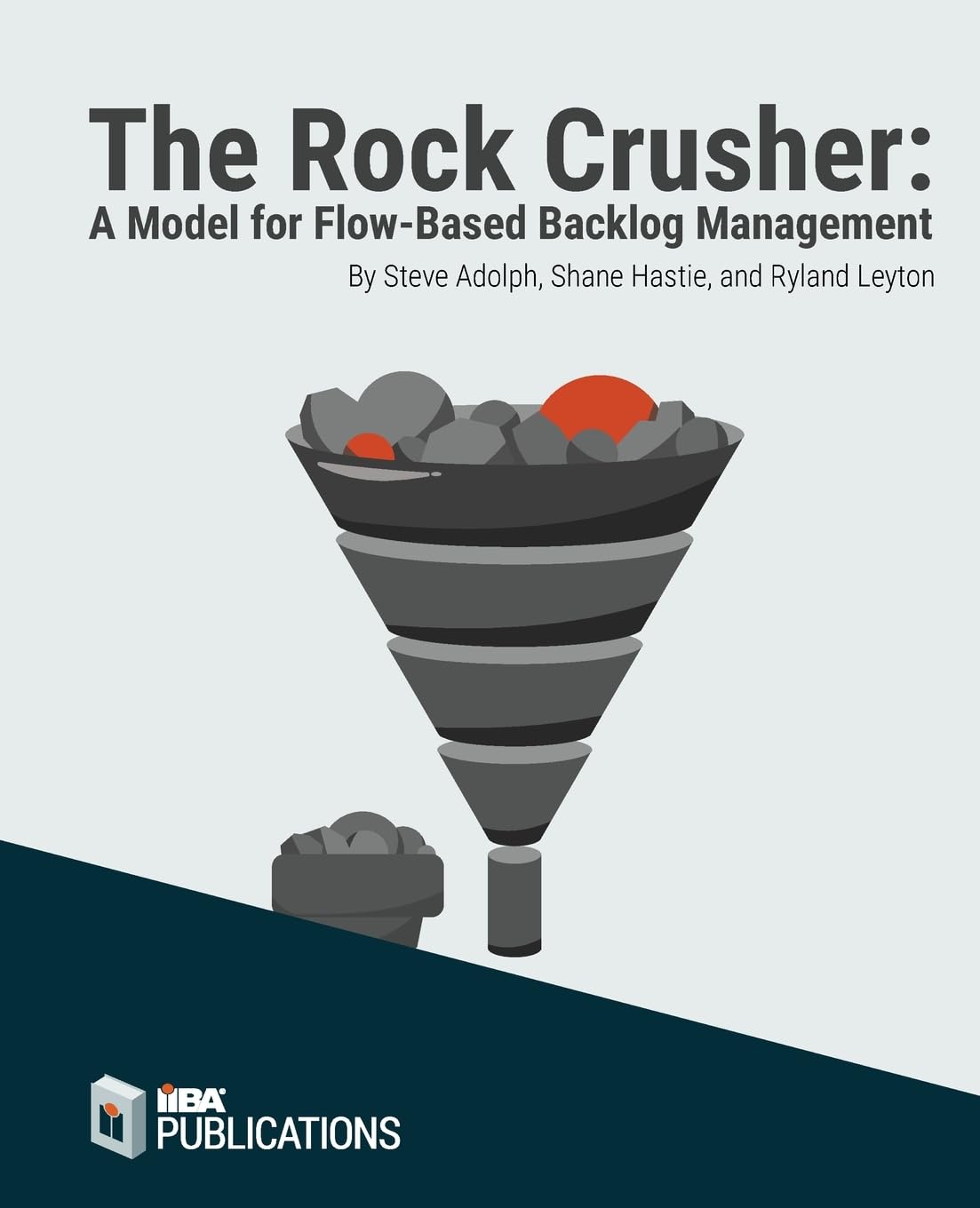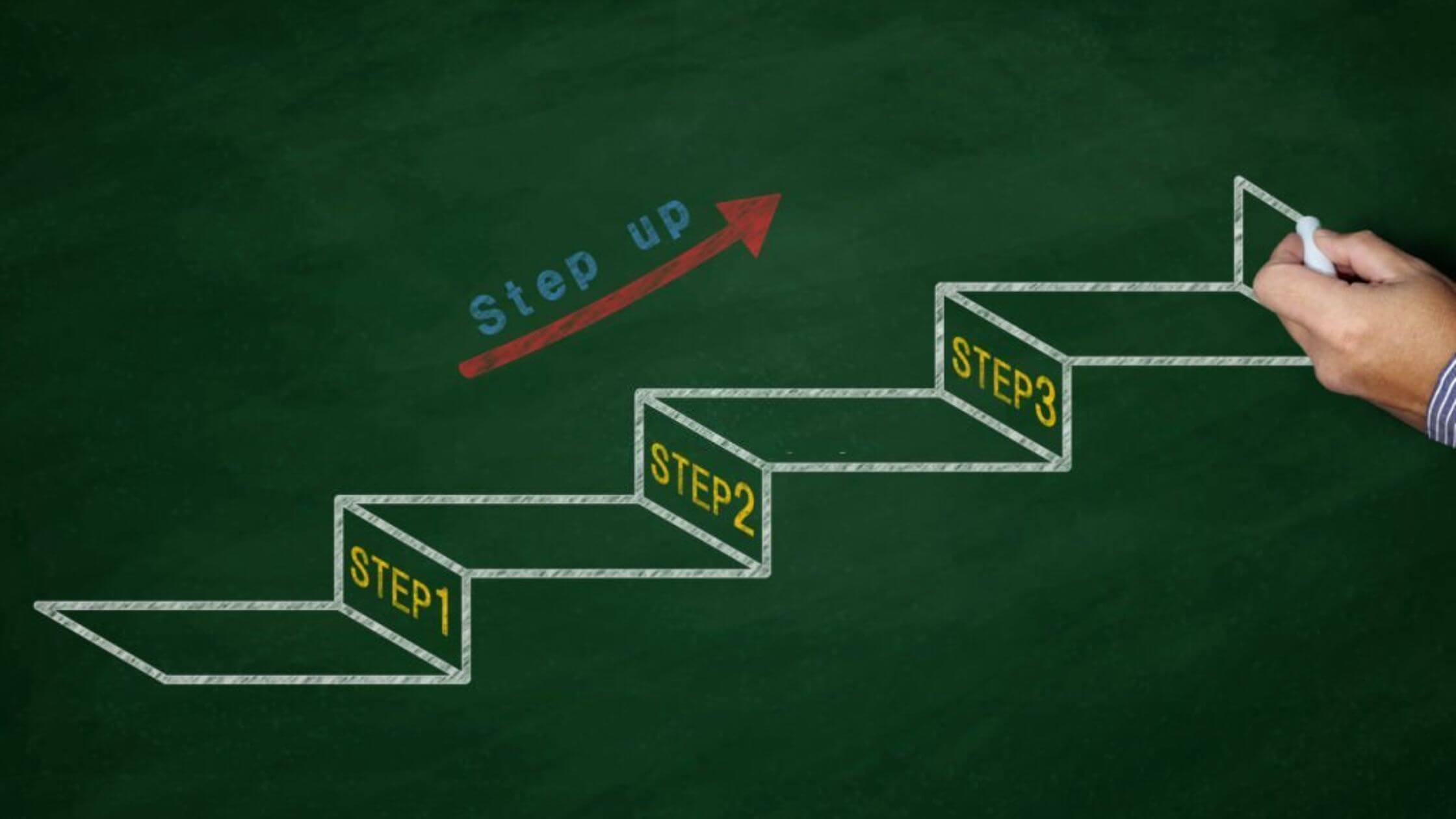
Product Backlog
What is Product Backlog?
A product backlog is a dynamic list of work items a development team may deliver in future project iterations. Commonly used in Agile frameworks like Scrum, this list includes features, enhancements, bug fixes, and technical tasks needed to achieve the project’s goals. The product owner manages and prioritizes these items, ensuring the team completes the most valuable tasks first. This backlog evolves throughout the project, with new items added, removed, or reprioritized based on feedback and changing requirements.
The product backlog is not a static to-do list but a flexible tool that adapts to the project’s direction. It guides development by providing a clear, prioritized view of what the team should work on next. Stakeholders and team members regularly review the backlog to ensure alignment with business objectives.
Key Points
- The product owner maintains the product backlog and reflects the current understanding of customer and business needs.
- It includes various work items, such as user stories, bugs, and technical tasks, each described in enough detail for developers to understand.
- Items in the backlog are prioritized based on value, risk, effort, and urgency.
- The backlog evolves continuously as new information becomes available or priorities shift.
- Refinement sessions, often called backlog grooming, help ensure the list remains relevant, estimated, and well-defined.
Related Terms
- The product owner manages the backlog and ensures it reflects stakeholder priorities.
- A user story is a standard format for expressing work items in the backlog, focusing on user needs and outcomes.
- The sprint backlog is a subset of the product backlog the team commits to completing during a specific sprint.
- A Scrum team collaborates with the product owner to clarify and implement backlog items.
- Backlog refinement is a recurring meeting where the team reviews and updates the product backlog to improve clarity and prioritization.
Product Backlog: Example
In a mobile banking app project, the product backlog might include tasks such as “Add fingerprint login,” “Fix login error on Android devices,” and “Improve server response time.” The product owner prioritizes each item based on customer feedback, technical feasibility, and business goals.
Product Backlog: Best Practices
- Keep the backlog visible and accessible to all team members and stakeholders.
- Review and update items regularly to reflect current priorities and learning.
- Break down large items into smaller, manageable tasks for accurate estimation.
- Use clear and concise language to describe each backlog item.
- Collaborate across roles to ensure backlog items align with user needs and technical constraints.
Additional Resources
Preparing for a PMI certification?
- Exam Prep Courses: PMP®, CAPM®, and PMI-ACP®
- Exam Simulators: PMP®, CAPM®, PMI-ACP®, PMI-PBA®, PMI-RMP®, PMI-SP®, PgMP®, and PfMP®
- Professional Development Units (PDUs): 15, 30, and 60 PDU Bundles




